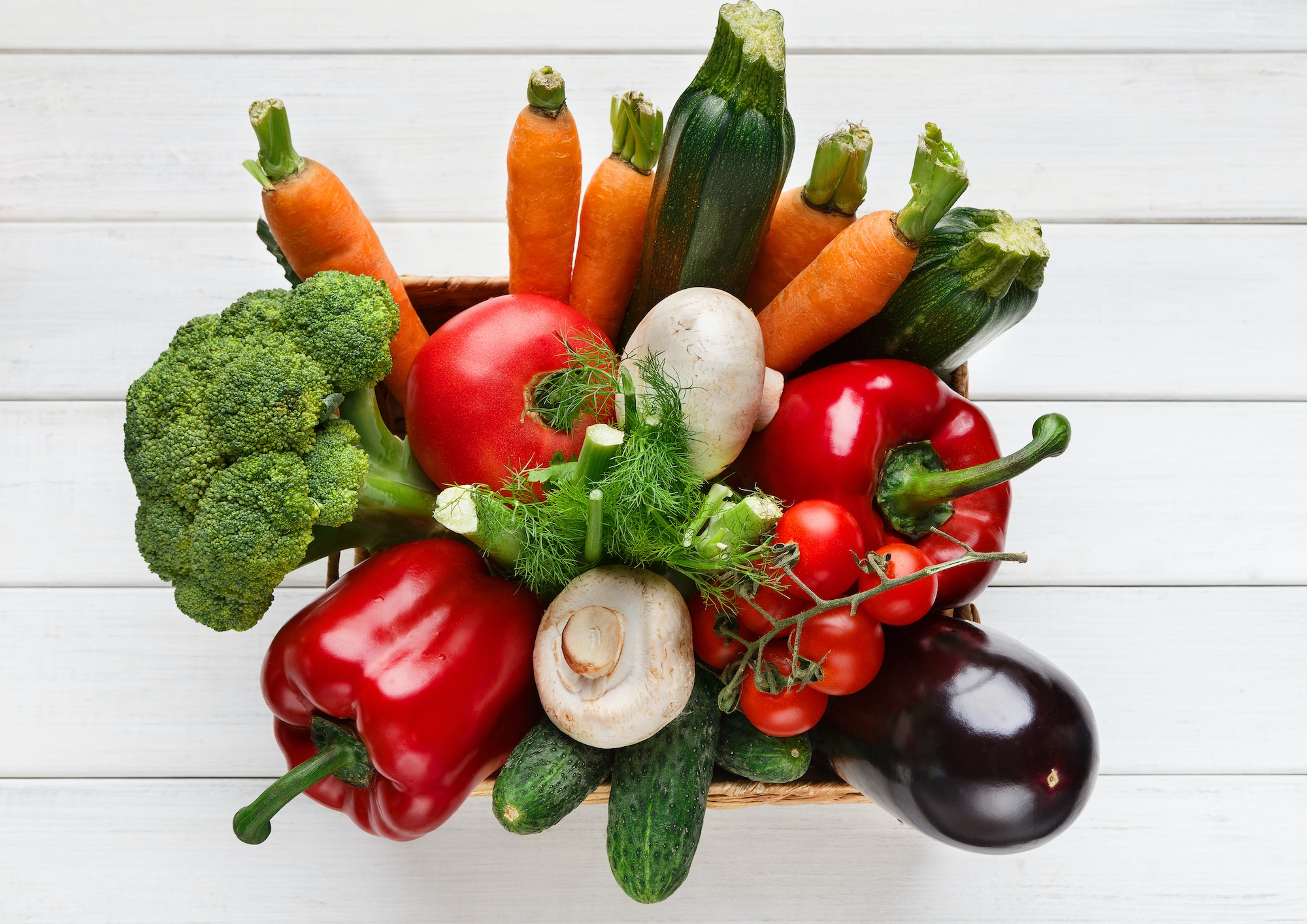The world of gourmet cuisine is constantly evolving, with chefs around the globe pushing boundaries and experimenting with new techniques to create unforgettable dining experiences. One trend that has emerged in recent years is the customization and personalization of menus, allowing diners to have a more interactive and unique experience. This approach not only enhances the presentation of dishes but also encourages culinary innovation in gourmet kitchens.
Customization and personalization of menus can take various forms. One popular approach is offering a tasting menu, where diners can sample multiple dishes created by the chef, often with wine pairings to complement each course. This allows the chef to showcase their talents and creativity while providing guests with an intimate journey through the tastes and textures of their cuisine. Additionally, tasting menus can be tailored to individual preferences or dietary restrictions, ensuring that each guest has a memorable experience.
Another way that chefs are customizing menus is by incorporating seasonal and locally sourced ingredients. By focusing on fresh, high-quality ingredients, chefs can create dishes that are both visually stunning and packed with flavor. This farm-to-table approach not only supports local agriculture but also encourages sustainability and environmental responsibility.
In addition to these broad trends, there are several specific culinary innovations that have emerged in recent years, which contribute to the customization and personalization of menus:
- Molecular Gastronomy: This innovative cooking technique combines science and artistry to create unique flavors, textures, and presentations. Using tools such as liquid nitrogen or edible chemicals, chefs can transform traditional ingredients into unexpected forms like foams, gels, or even “caviar” pearls. Molecular gastronomy adds an element of surprise and excitement to the dining experience while showcasing the chef’s creativity.
- Edible Art: Chefs are increasingly using food as a medium for artistic expression, creating intricate designs on plates or sculpting ingredients into eye-catching shapes. This attention to detail elevates the presentation of dishes while adding a personal touch that makes each meal feel like a one-of-a-kind experience.
- Interactive Dining: Some restaurants are moving beyond the traditional model of passive dining, where guests simply sit and wait for their food to be served. Instead, they are offering interactive experiences that allow diners to participate in the creation of their meals. This can range from tableside preparation of dishes like guacamole or Caesar salad to more elaborate cooking classes or workshops led by the chef.
- Food Pairings: Chefs are increasingly collaborating with sommeliers, mixologists, and even perfumers to create unique food and beverage pairings that enhance the flavors of each dish. By considering how each element of a meal interacts with the others, chefs can create a symphony of tastes that is both harmonious and unexpected.
- Personalized Menus: Finally, some restaurants are taking customization to the next level by creating personalized menus for each guest based on their preferences, dietary restrictions, or even their mood. This can involve pre-dinner consultations with the chef or specialized questionnaires that help determine the ideal menu for each individual.
In conclusion, the customization and personalization of menus in gourmet kitchens are not only enhancing the visual appeal and taste of dishes but also pushing chefs to explore new culinary techniques and innovations. As diners seek out unique and memorable experiences, this trend is likely to continue shaping the future of fine dining.

